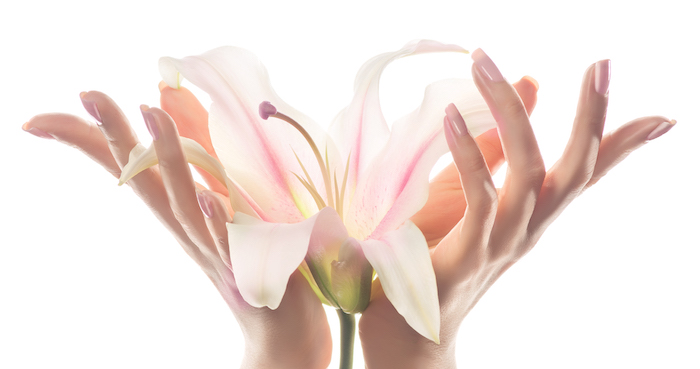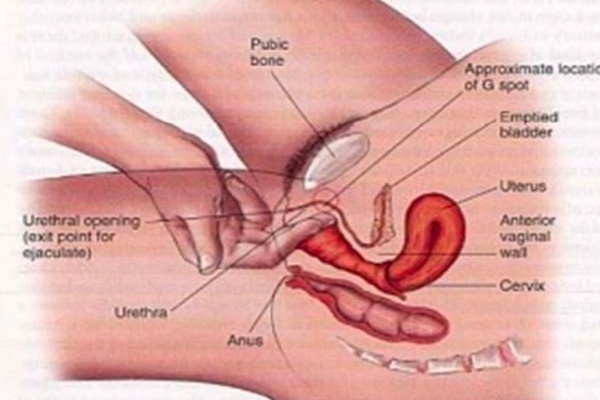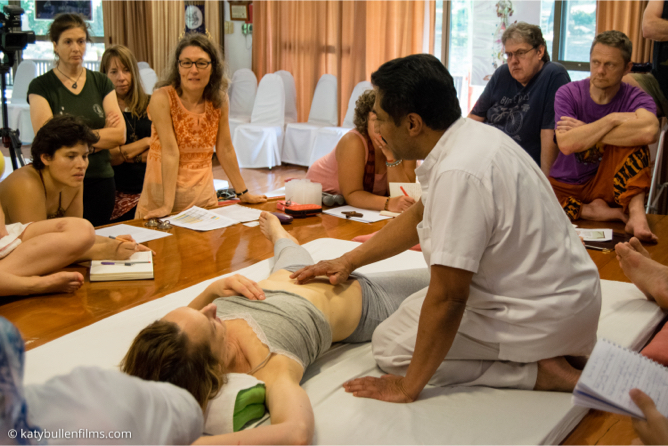The History of Yoni Massage

Unlocking the Power of Female Sexuality with Yoni Massage
A woman who has discovered her sexuality and learned how to harness her sexual energy is able to draw strength from it, becoming ever more radiant, creative, and filled with vitality. She embodies the beauty of life and attracts positivity like a magnet.
The yoni is the key to discovering this empowering form of sexuality; it is the gateway to a woman’s innermost core. The word “yoni” comes from Sanskrit and refers to the entire female genital area, from the external parts of the vulva to the vagina, uterus, and ovaries.
Exploring the Ancient Roots of Yoni Massage
Yoni massage, often considered a contemporary trend, has deep roots in ancient spiritual practices. Far from being a modern invention, yoni massage has been practised for centuries in both India and China as a spiritual treatment aimed at healing and empowering women. These practices were once performed in Tantra Temples, where the iconography of yonis and lingams adorned the sacred spaces. Yoni massage served as a unique ancient sacred healing modality to release negative stagnant emotions due to past trauma, often administered by revered figures such as High Priest – Daka (male healer) or the Priestess – Dakini (female healer).
The Tantric Tradition and the Worship of the Yoni
In the tantric tradition, women are revered for their power to initiate others, while the yoni is honoured and worshipped as a healing place and residence of the goddess. Each woman is seen as the embodiment of sensuality, transmitting sexual strength and creativity. This reverence for the female goddess and her arts of love is evident in Indian works such as the Kama Sutra and the Ananga Ranga, which elevate sexual passion to a spiritual level.
The union between woman and man in tantric tradition symbolises the union of Shiva, the male godly principle, with Shakti, the female godly principle. This union embodies the interwoven connection between the worldly and the spiritual, representing the dance that unites the polarities of life. Throughout India, sculptures depict the Shiva lingam (phallus) resting in a holy yoni bowl, symbolizing cosmic creativity and transcendence.

Historical Perspectives on Female Sexuality
In various ancient cultures including Greece, Egypt, Arabia, India, Tibet, and China, women were regarded as strong spiritual beings. Poetic names for the female genitals were recorded in Chinese literature, reflecting a tradition of honouring women’s sexuality. However, in many societies, including India, the topic of female sexuality has become taboo, leading to a decline in respect for women.
Yoni Massage in Western History
During Victorian times, a form of Yoni massage was practised in the West to treat “Hysteria,” a condition attributed to women. “Hysteria,” derived from Greek, means “that which proceeds from the uterus.” However, this view of female hysteria as a medical condition was later debunked by the American Psychiatric Association in 1952.
The Resurgence of Yoni Massage
Today, there is a renewed recognition that women’s well-being and overall physical and emotional health are connected to the health of their yonis and sexual vitality. Yoni massage is gaining mainstream recognition, with its benefits being acknowledged by an increasing number of people and professionals.
If you are interested in delving deeper into the world of Yoni Massage, Tantric Massage and Tantric Healing, consider exploring the Tantric Massage training courses offered by Mal Weeraratne and the Tantric Journey School of Healing and Awakening.












